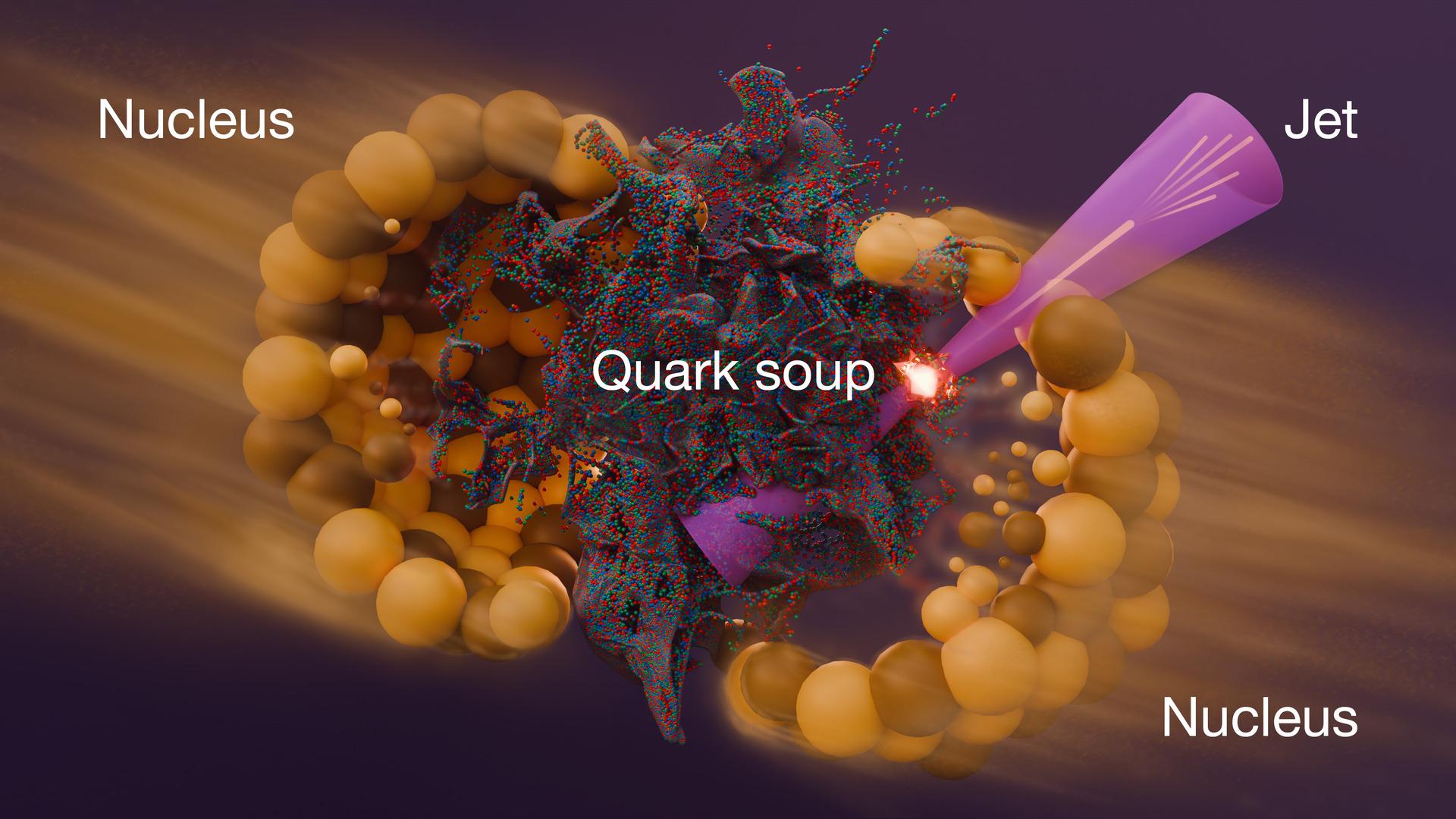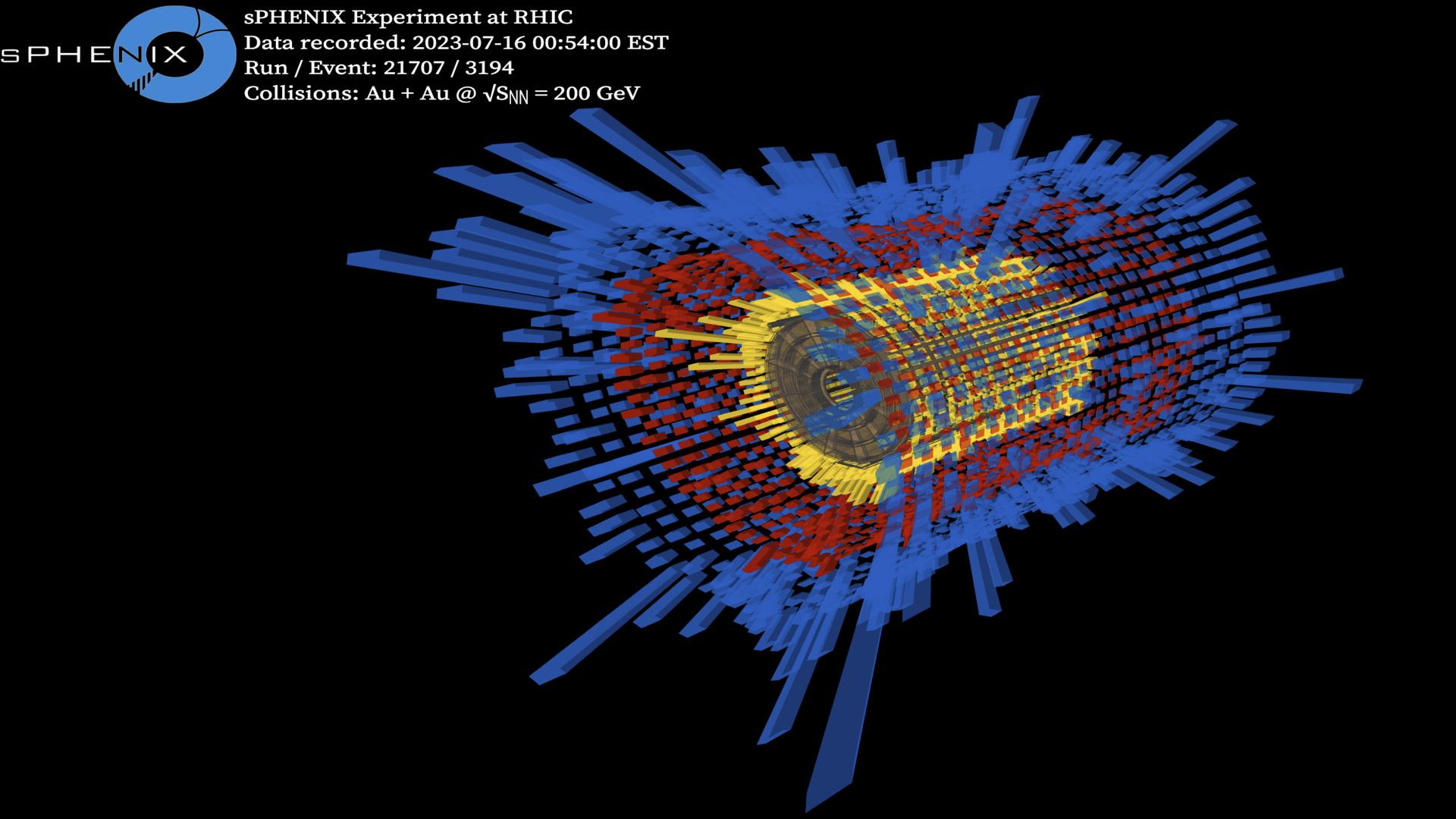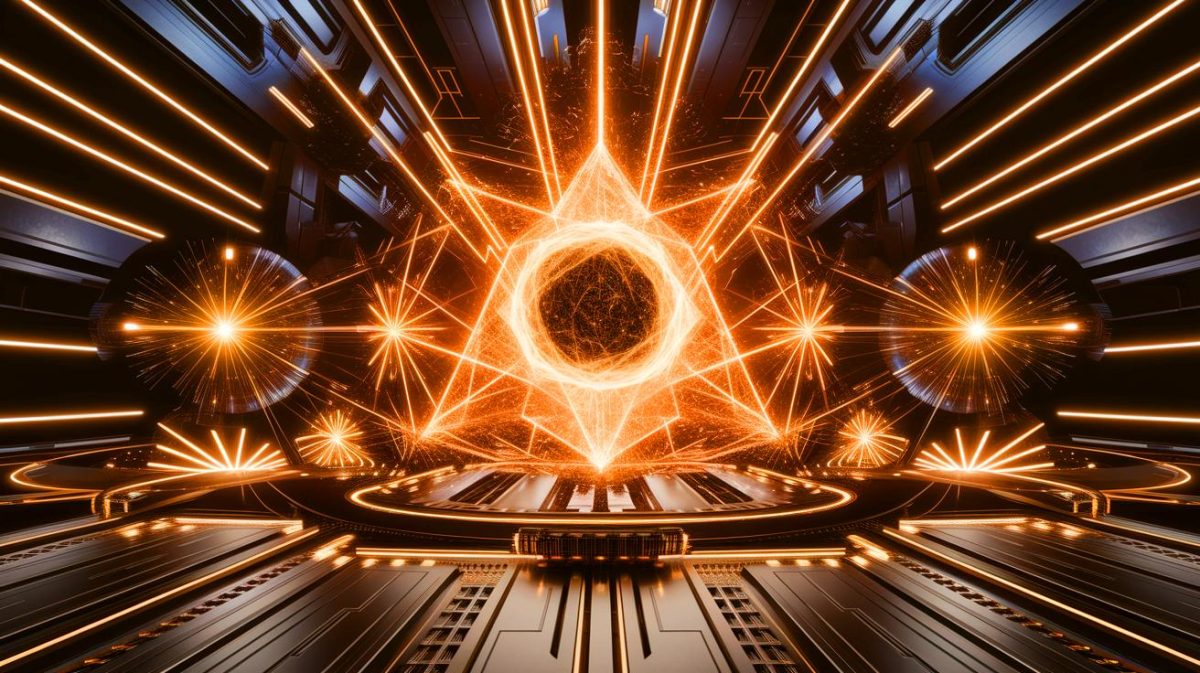| IN A NUTSHELL |
|
In the world of nuclear physics, the quest to understand the fundamental nature of our universe is never-ending. As scientists at the Relativistic Heavy Ion Collider (RHIC) at Brookhaven National Laboratory embark on their 25th and final run, they aim to recreate the conditions of the universe just after the Big Bang. By smashing gold nuclei at nearly light speed, they generate a quark-gluon plasma, a state of matter from the dawn of time. This groundbreaking research is not only pushing the boundaries of science but also paving the way for future discoveries in the field of nuclear physics.
Unveiling the Mysteries of Quark-Gluon Plasma
The focus of RHIC’s final run is to delve deeper into the mysteries of quark-gluon plasma (QGP), often referred to as the primordial “quark soup.” This exotic state of matter, believed to have existed microseconds after the Big Bang, consists of free quarks and gluons, the building blocks of protons and neutrons. By recreating QGP through high-energy gold-gold collisions, scientists aim to understand how these elementary particles interact under extreme conditions.
At the heart of this endeavor is the sPHENIX detector, a sophisticated instrument capable of capturing up to 15,000 particle collisions per second. With this technology, researchers are gathering unprecedented amounts of data, allowing them to study the properties of QGP with remarkable precision. The insights gained from RHIC’s experiments are expected to provide a deeper understanding of the strong force that binds quarks and gluons together, which is crucial for unraveling the nature of the universe at its most fundamental level.

The Final Run: A Legacy of Discovery
As RHIC enters its final year of operations, the scientific community reflects on the accelerator’s significant contributions to nuclear physics. Since its inception in 2000, RHIC has been at the forefront of discovering and characterizing quark-gluon plasma, enhancing our understanding of the early universe. This final run aims to solidify RHIC’s legacy by maximizing data collection from high-energy collisions and pushing the boundaries of what is known about QGP.

One of the key objectives of this final run is to collect an additional 10 billion events from 200 GeV gold-gold collisions. This ambitious goal is made possible by the upgraded STAR detector, which employs real-time triggers to capture events rich in high-energy particles. The data collected will not only provide insights into the behavior of quarks and gluons but also inform future experiments at the upcoming Electron-Ion Collider (EIC), which promises to explore nuclear matter in even greater detail.
From RHIC to the Electron-Ion Collider: A New Era of Exploration
As RHIC concludes its historic journey, scientists are already setting their sights on the next frontier: the Electron-Ion Collider (EIC). Building upon the knowledge and technologies developed at RHIC, the EIC aims to probe the inner workings of cold nuclear matter using electrons as projectiles. This shift from studying hot, dense QGP to cold nuclear matter represents a significant evolution in the field of nuclear physics.

The transition from RHIC to EIC is not just about continuing research; it is about transforming our understanding of the universe’s fundamental structure. By studying how energy flows through QGP and probing the nature of cold nuclear matter, scientists hope to unlock secrets that could redefine our comprehension of the universe. As construction of the EIC begins, the scientific community eagerly anticipates the groundbreaking discoveries that lie ahead.
A Future of Endless Possibilities
While RHIC’s data collection journey may be drawing to a close, the pursuit of knowledge continues. The legacy of RHIC’s discoveries will serve as a foundation for future research, inspiring new generations of scientists to explore the unknown. As Brookhaven Lab physicist Lijuan Ruan aptly puts it, the journey of discovery into the unknown will undoubtedly continue well into the next decade.
The transition from RHIC to the EIC marks the beginning of a new chapter in nuclear physics, one filled with promise and potential. As researchers embark on this exciting journey, one cannot help but wonder: What new mysteries will be unveiled as we delve deeper into the building blocks of our universe?
Did you like it? 4.6/5 (22)






This is mind-blowing! Can’t wait to see what new discoveries come from this! 🚀
So, when gold nuclei collide, do they turn into actual gold soup? 🤔
Is there any risk involved in recreating the conditions of the Big Bang? 😬
Thank you for the detailed explanation. This is a fascinating read!
How do they ensure the safety of these experiments?
Why use gold? Is it the most effective element for these collisions?
This sounds like something out of a sci-fi movie. Amazing! ✨
What is the expected outcome of these experiments?